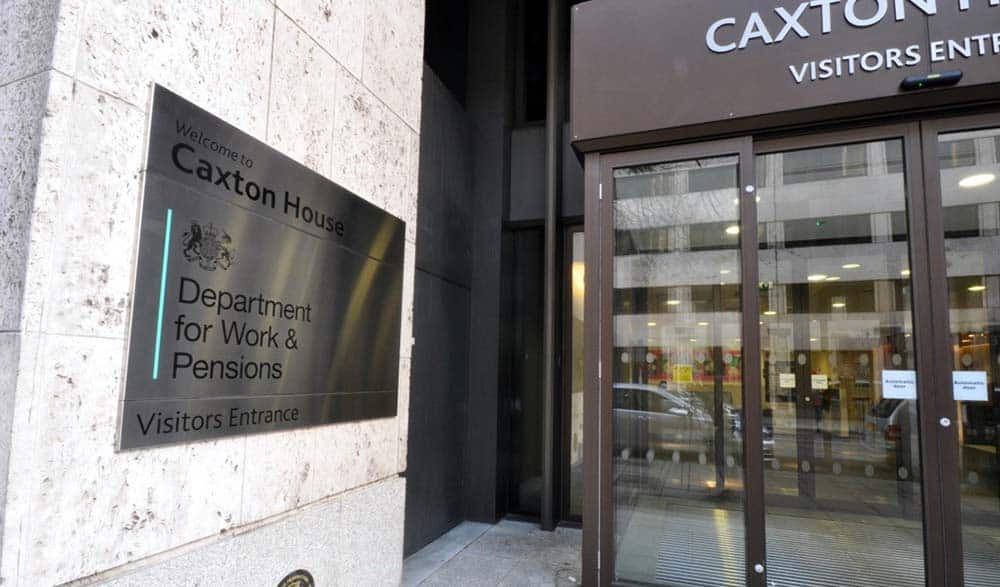Government figures reveal disability employment rate has dropped by nearly 30 per cent
Data from the Department for Work and Pensions (DWP) shows that the disability employment gap of working-age disabled people in the UK is now at its widest point since 2018.
The announcement that the UK Government achieved its ambition of seeing one million more disabled people in work between 2017 and 2027, which was reached in 2022, was welcomed by the Business Disability Forum, but it said more needed to be done to close the disability employment gap.
These statistics provide context for the government’s commitment to reduce the gap between the employment rates of disabled and non-disabled people (known as the disability employment gap). The need for the statistics was set out in the government’s strategy Improving lives: the future of work, health and disability published in November 2017.
Since 2013, the earliest comparable year, up to the start of the pandemic in March 2020, statistics show that the general trend in disability employment has been positive. There has been strong growth in the number and rate of disabled people in employment and a narrowing of the gap between the rate of disabled and non-disabled people in employment (the disability employment gap).
The pandemic initially reversed these trends with year-on-year changes showing a fall in the disability employment rate and a widening of the disability employment gap in 2020.
Statistics reveal that the disability employment gap is found to be wider for disabled men, disabled people aged 50 to 64, disabled people with no qualifications, disabled people of White ethnicity and disabled people living in Northern Ireland, Scotland, Wales, North West, and North East.
For disabled people with a mental health condition and those with five or more health conditions, the disability employment rate is also lower.
The statistics contain annual data to March 2022 and quarterly data to September 2022.
During 2021 and the first half of 2022 the rate and gap started to return to near pre-pandemic levels, which means that the disability employment gap is now at its widest point since 2018. However, the latest data for July to September 2022 shows the disability employment rate has fallen on the year with the non-disabled employment rate rising.
There were 4.9 million disabled people in employment in the UK in July to September 2022. This is an increase of 240,000 on the year and an overall increase of two million since the same quarter in 2013.
Disabled people were found to be more likely than non-disabled people to be working in Health, Retail and Education, working in lower-skilled occupations, self-employed, working part-time and subsequently less hours, working in the public sector or working for a small employer.
In July to September 2022, the disability employment rate was over 50 per cent, compared to 82.5 per cent for non-disabled people. For disabled people, this is a decrease of 0.8 percentage points on the year and an overall increase of 9.2 percentage points since the same quarter in 2013.
The disability unemployment rate was 7.2 per cent in July to September 2022, compared to 3.2 per cent for non-disabled people, which is a decrease of 0.3 percentage points on the year for disabled people and an overall decrease of 7.3 percentage points since the same quarter in 2013.
Most of the disabled people that were found to be more likely to be economically inactive, gave long-term sickness as their main reason, others said that they were more likely than non-disabled people to want a job and some said they were less likely than non-disabled people to have had a job in the last two years.
The disability economic inactivity rate – where the person self-reports that they are not in or looking for work – was 43.3 per cent in July to September 2022, compared to 14.8 per cent for non-disabled people. For disabled people, this is an increase of 1.1 percentage points on the year and an overall decrease of 6.0 percentage points since the same quarter in 2013.
At 29.8 percentage points in July to September 2022, the disability employment gap increased by 1.7 percentage points on the year and an overall decrease of 4.4 percentage points since the same quarter in 2013.
The increasing number of disabled people in employment between 2013 and 2022 was driven by four main components of change: with disability prevalence contributing 60 percent, non-disabled employment rate at 20 per cent, the disability employment gap at 15 percent and working age population being only five percent.
On average, between 2014 and 2019, around 340,000 disabled workers moved out of work each year and 380,000 workless disabled people moved into work, this includes people who were classed as disabled at the start of the year.
The number of people reporting a long-term health condition or classed as disabled continues to rise, as the rising number of people classed as disabled is associated with an increase in people reporting mental health conditions.
This trend has been reversed from 2020 and 2021 with, on average, 420,000 disabled workers moving out of work and 350,000 moving into work.
On average, between 2014 and 2021, 8.9 per cent of disabled workers moved out of work, nearly twice the rate of non-disabled workers at 5.1 per cent. 9.7 per cent of workless disabled people moved into work, which is nearly one-third of the rate of workless non-disabled people at 26.8 per cent.
Approximately 20 per cent of the working-age population were classed as disabled, however, 33.33 per cent of people classed as being disabled one year were no longer classed as being disabled the next.



